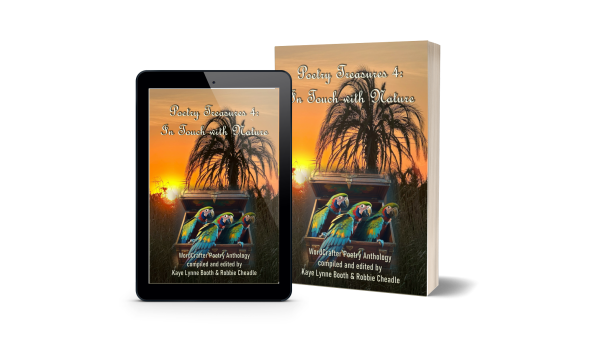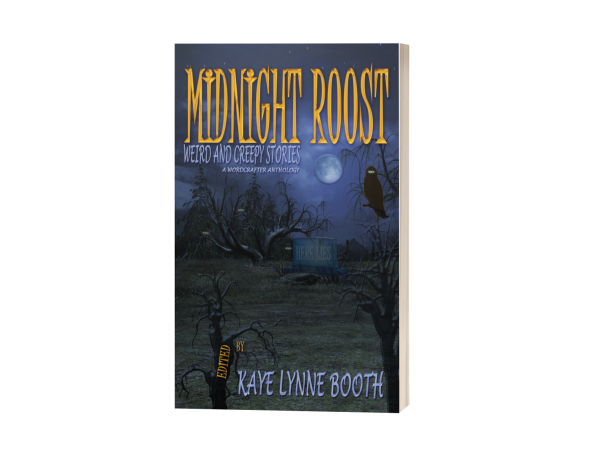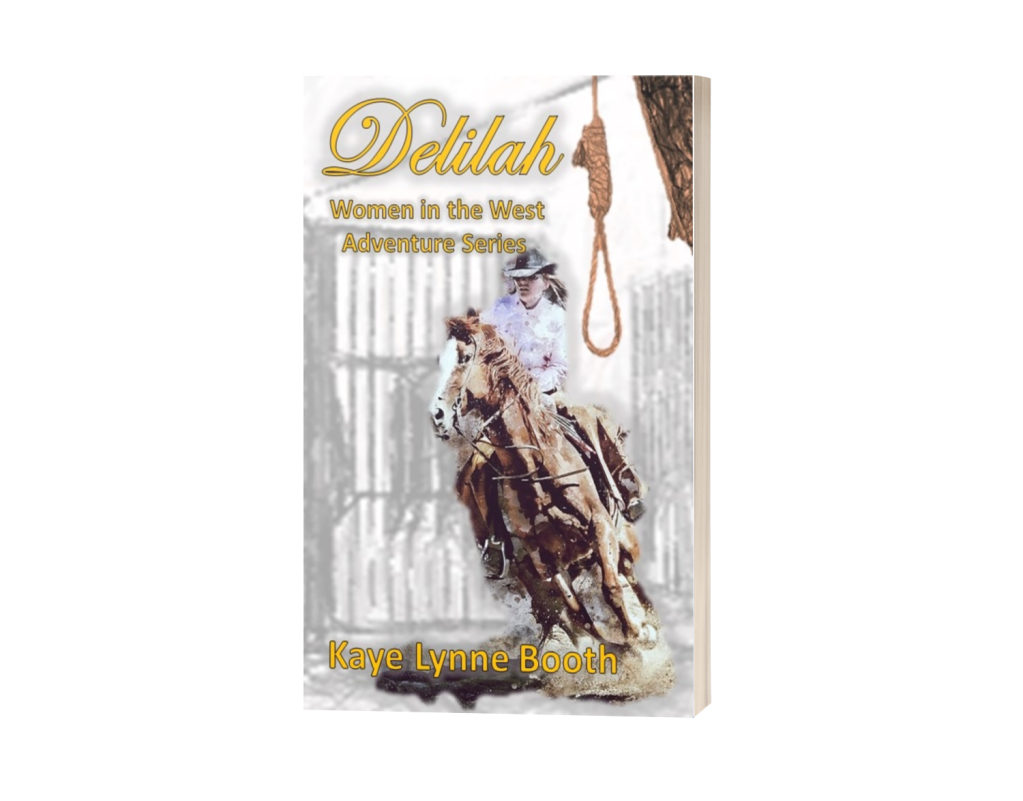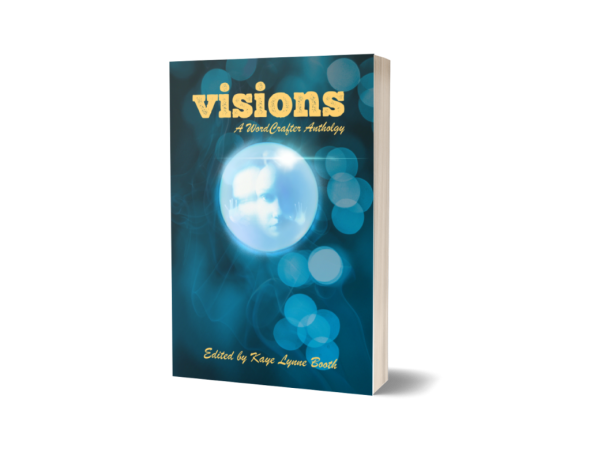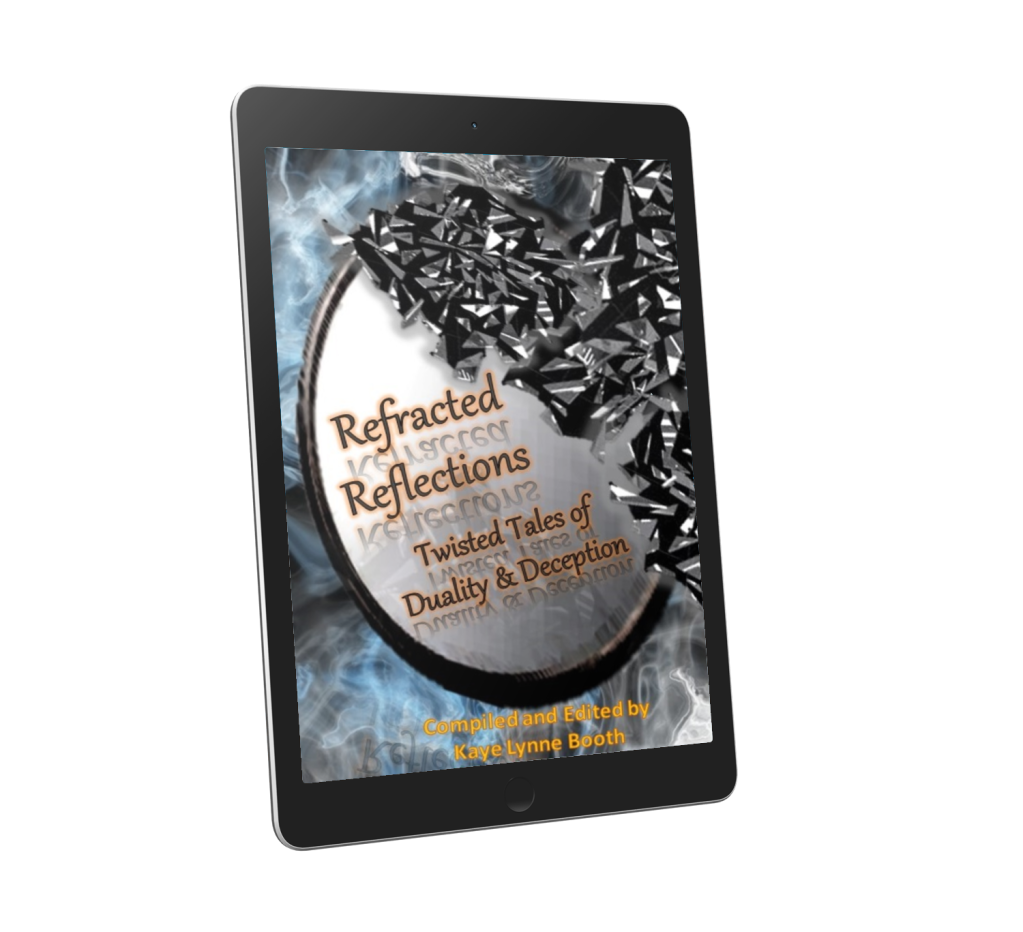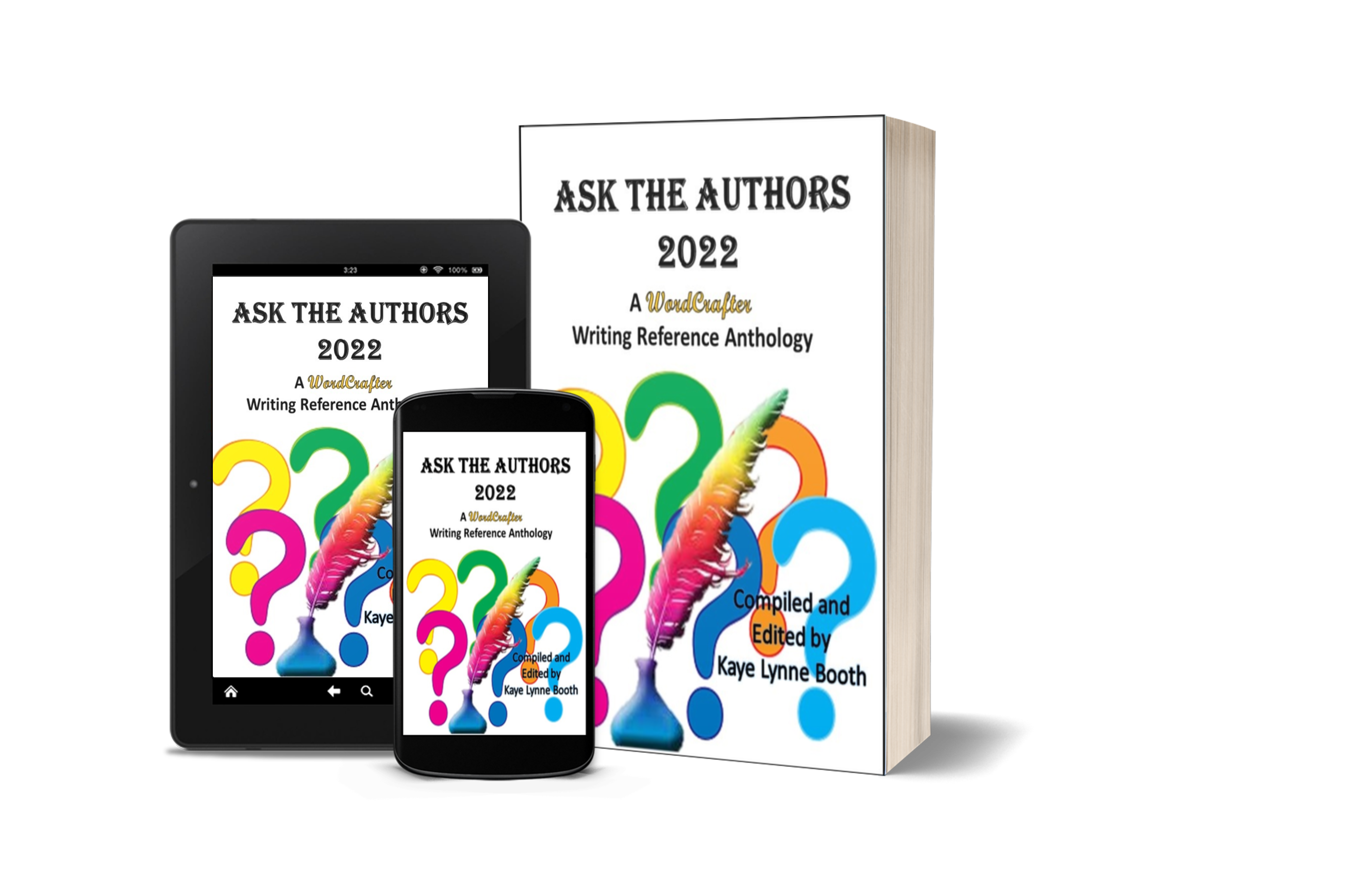Growing Bookworms – Digital versus print books for children
Posted: April 14, 2021 Filed under: Books, Children's Books, Literacy, Reading | Tags: Books, digital vs print, Growing Bookworms, Literacy, Reading, Robbie Cheadle, teaching reading, Wriiting to be Read 50 Comments
I have been giving some thought lately to book marketing, especially the marketing of books aimed at children. While selling more books is obviously of interest to me as a writer of children’s books, I am also interested in the most advantageous ways of imparting information to, and developing a love of learning and reading in young children. This duel interest led me to an investigation of electronic books and the pros and cons of children reading using an electronic platform like a computer or an app on a tablet.
I wanted to know, firstly, if children were interested in reading ebooks.
The answer to that first question was a resounding yes, children are definitely interested in reading ebooks. Modern children are surrounded by technology and it is becoming more and more central to their lives. Lately, not only do children use cell phones and tablets to communicate with each other, and as a source of entertainment and research for school projects, they are using it to do their school lessons and virtually visit with relatives and friends.
Since the advent of the pandemic, many children are seeing their parents working on-line at home and using Zoom to engage with their colleagues instead of face-to-face meetings, so it is hardly surprising that children are interested in ebooks. It is a natural progression.
Ebooks for children are also easily accessible, cheap, have a narrator who reads the story, and have interactive features such as animated pictures, music, sound effects, and links on the screen that connect to games or additional information about the story or pictures. I must admit, I have noticed this link feature in non-fiction books I have read recently and I also like it. I can click on the link and find out more about the source of a picture or listen to a YouTube video about a specific aspect of the book.
My second investigation looked at the pros and cons of ebooks for children.
The pros
- children learn early literacy skills from good quality ebooks that include relevant interactive features such as a dictionary, words that are highlighted when the narrator reads them, and games and pictures that help explain the story;
- children interact longer with their parents when reading an ebook together;
- children can read an ebook over and over again on their own which improves literacy and fluency;
- children can read an ebook independently which may encourage them to read more often; and
- ebooks are cheap and accessible.
The cons
- parents often feel they should reduce their children’s screen time and have a resistance to ebooks;
- parents think their children can have the book read to them by the narrator and spend less time reading to [and bonding with] their children;
- parents get distracted by the interactive features and end up focusing on them instead of the story itself;
- children learn less about the story from an ebook, in particular they do not remember the order of events as well as they do when reading a paper book; and
- the interactive features in an ebook may be distracting to the child.
My overarching takeaway from the above which is a summary of all the articles I read on this subject is that, as with paper books, children benefit the most from ebooks when they read them with a parent or caregiver who spends time taking to the child about the story. This is exactly the same benefit that a child receives from reading a paper book with a parent.
The general view is that parents either take the view that their input is not required for ebooks due to the narrator who reads the story to the child, or the parents get distracted away from the detail of the story by the interactive features and so the wrong information dominates the parent/child engagement.
In homes where the parents do not spend time reading with/to their children, it is believed that ebooks can play a bigger role in assisting children to learn to read as it provides a way of achieving the reading of a story without parental input.
I’ve always read to both my boys. I read with Gregory until he was 6 1/2 years old and wanted to read on his own and I read with Michael every day until he was 12. Some evenings I still read with Michael [his book] and we often sit and read our own books together. It is still a pleasant time and reading separate books at the same time means I don’t have to suffer through Rick Riordan books all year round.
If you are interested in finding free digital children’s books for primary students, you can find three recommended websites here: https://learningattheprimarypond.com/blog/3-websites-with-free-digital-childrens-books-for-primary-students/

I have not attempted to download any of the free ebooks from Oxford Owl but these are the book series I used to teach my sons to read. I had the paper copies.
What are your thoughts on ebooks for children? Have you tried them? Let me know in the comments.
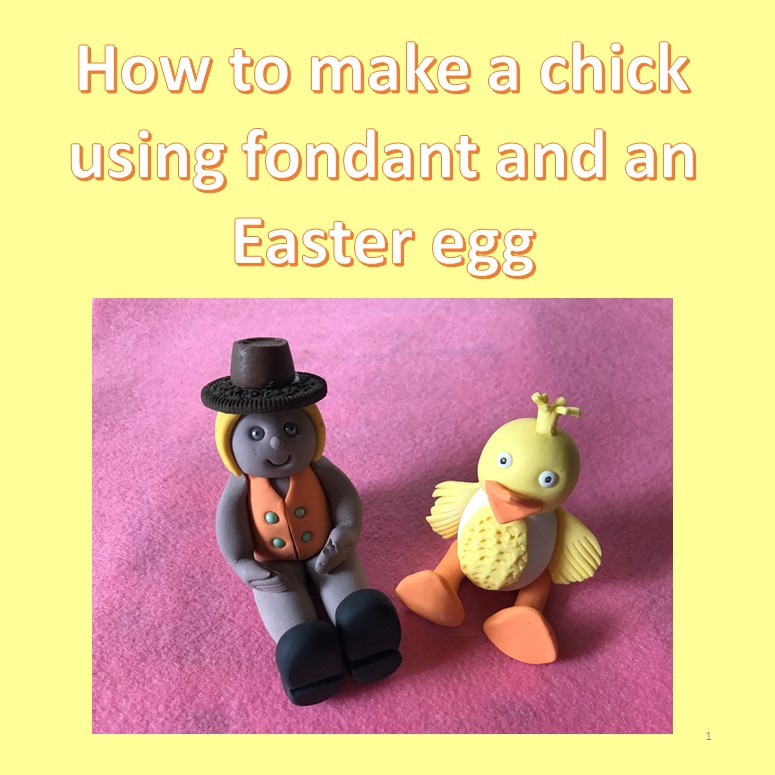
If you have spare Easter eggs you can learn how to make a fun Easter chick here: https://www.youtube.com/watch?v=Bod4B029_xw
OR you can download the instructions here: https://robbiesinspiration.wordpress.com/how-to-make-baby-chick-using-an-easter-egg/
About Robbie Cheadle

Robbie Cheadle has published nine books for children and one poetry book. She has branched into writing for adults and young adults and, in order to clearly separate her children’s books from her adult books, is writing for older readers under the name Roberta Eaton Cheadle.
Robbie Cheadle’s Sir Chocolate children’s picture books are written in sweet, short rhymes which are easy for young children to follow and are illustrated with pictures of delicious cakes and cake decorations. Each book also includes simple recipes or biscuit art directions which children can make under adult supervision. Her books for older children also incorporate recipes that are relevant to the storylines.
Roberta Eaton Cheadle’s supernatural stories combine fabulous paranormal elements with fascinating historical facts.
Children’s picture books – available as a square book and an A5 book (co-authored with Michael Cheadle):
Sir Chocolate and the strawberry cream story and cookbook
Sir Chocolate and the baby cookie monster story and cookbook
Sir Chocolate and the sugar dough bees story and cookbook
Sir Chocolate and the Condensed Milk River story and cookbook
Sir Chocolate and the Sugar Crystal Caves story and cookbook
Sir Chocolate and the Fondant Five story and cookbook
Sir Chocolate and the Ice Cream Rainbow Fairies story and cookbook
Middle school books:
Silly Willy Goes to Cape Town (includes five fun party cake ideas)
While the Bombs Fell (co-authored with Elsie Hancy Eaton)
Poetry book:
Open a new door (co-authored with Kim Blades)
Supernatural fantasy YA novel:
Through the Nethergate
Horror Anthologies (edited by Dan Alatorre):
Spellbound
Nightmareland
Dark Visions
Paranormal Anthologies (edited by Kaye Lynne Booth):
Spirits of the West
Whispers of the Past
Murder mystery Anthology (edited by Stephen Bentley)
Death Among Us
Find Robbie Cheadle
Blog: https://bakeandwrite.co.za/
Blog: robbiesinspiration.wordpress.com
Twitter: BakeandWrite
Instagram: Robbie Cheadle – Instagram
Facebook: Sir Chocolate Books
Want to be sure not to miss any of Robbie’s “Growing Bookworms” segments? Subscribe to Writing to be Read for e-mail notifications whenever new content is posted or follow WtbR on WordPress.


